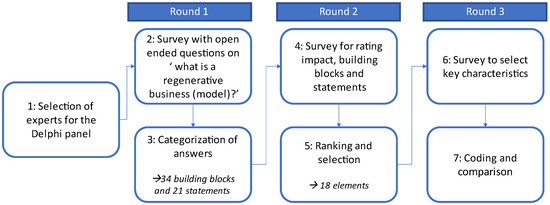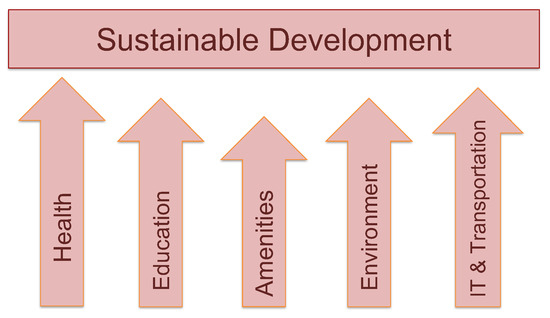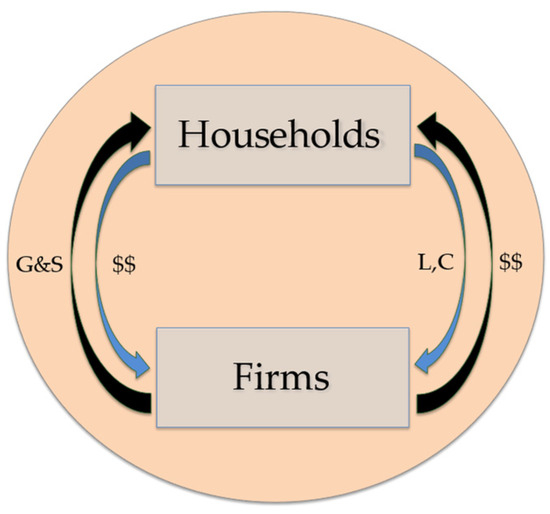Toward a Restorative Economy
A project collection of Sustainability (ISSN 2071-1050). This project collection belongs to the section "Economic and Business Aspects of Sustainability".
Papers displayed on this page all arise from the same project. Editorial decisions were made independently of project staff and handled by the Editor-in-Chief or qualified Editorial Board members.
Viewed by 16418Editor
Interests: community based development; urban sustainability; urban food systems; urban agriculture; PAR
Special Issues, Collections and Topics in MDPI journals
Project Overview
Dear Colleagues,
A restorative economy restores the capacity for the well-being of people and the planet. This kind of economy must not only turn resources into useful goods and services, but also reduce emissions and wastes, as well as strengthen the adsorptive and restorative capacities of the environmental and social context systems that supply resources and receive emission and waste streams in the first place. This kind of economy must have a different conceptual underpinning than the common throughput model, where inputs are converted into useful goods and services and the unfortunate negative externalities of production and consumption disappear from the purview of economics.
Environmental and ecological economists have developed numerous assessment methods and policies to evaluate and internalize the social and environmental externalities of economic activity. Yet, the question of how the economic process itself can be better aligned with the processes of nature has received less attention. As emissions and waste increase and accumulate, they place growing burdens on the environmental and social context systems into which they are released. The result is reduced processing capacities: oceans and forests absorb less CO2; forests release less oxygen; soils absorb less nitrate and phosphate; the loss of permeable surfaces results in less water absorption.
These complex system processes confront us with the fact that we may not only run out of resources to power economic processes, but we may also run out of sink capacities to absorb and process the emissions and waste by-products of economic activity. These lost sink capacities can be environmental as well as social, and include not only oceans and soils, but also human communities and bodies.
This Special Issue seeks examples of a reconceptualized restorative economy, with healthy and thriving restorative sink capacities as well as sustainable resourcing capacities. Submissions can focus on carbon sequestration, ecosystem restoration, reduced stress and better health outcomes in thriving environmental and social context systems.
We seek contributions addressing various strategies that could assist in establishing a restorative economy, including technical solutions, institutional alternatives, behavioral changes, and novel valuation approaches. Both theoretical and practical papers will be considered with the goal of assembling a robust body of works on restorative economics capable of reducing emissions and waste, strengthening environmental and social processing capacities, and sustaining the well-being of people and the planet in the long run.
Prof. Dr. Sabine O’Hara
Guest Editor
Manuscript Submission Information
Manuscripts should be submitted online at www.mdpi.com by registering and logging in to this website. Once you are registered, click here to go to the submission form. Manuscripts can be submitted until the deadline. All submissions that pass pre-check are peer-reviewed. Accepted papers will be published continuously in the journal (as soon as accepted) and will be listed together on the collection website. Research articles, review articles as well as short communications are invited. For planned papers, a title and short abstract (about 100 words) can be sent to the Editorial Office for announcement on this website.
Submitted manuscripts should not have been published previously, nor be under consideration for publication elsewhere (except conference proceedings papers). All manuscripts are thoroughly refereed through a single-blind peer-review process. A guide for authors and other relevant information for submission of manuscripts is available on the Instructions for Authors page. Sustainability is an international peer-reviewed open access semimonthly journal published by MDPI.
Please visit the Instructions for Authors page before submitting a manuscript. The Article Processing Charge (APC) for publication in this open access journal is 2400 CHF (Swiss Francs). Submitted papers should be well formatted and use good English. Authors may use MDPI's English editing service prior to publication or during author revisions.
Keywords
- restorative economics
- resourcing capacities
- sink capacities
- ecological economics
- circular economy
- sustainable development
- urban sustainability
- ecosystem services
- green infrastructure
- biomimicry











